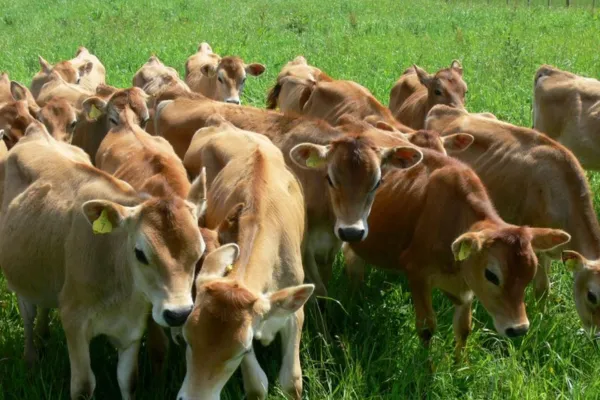
How Do I Introduce New Animals Into The Flock Or Herd?
At some stage, it is likely you will end up buying some new animals for your farm.
Introducing new livestock to the existing flock or herd can be an interesting experience and there are some things that can be done to make the transition for both the newbies and the existing animals as smooth as possible.
Before we introduce the new animals, it is important to quarantine them for at least a week, this gives you some time to pick up any illness or injury and to give them a quarantine drench before they mix with your existing stock.
The best way of letting the animals get to know each other, is to startoff by running the new mob or herd in a paddock beside the home animals. This creates a safe environment where they can have time to see, smell and communicate with each other, without feeling threatened. Hierarchy and social order will be well set in your existing animals and you may find that for a while, when you let your new animals into the paddock, they will keep to themselves to start off with. Sheep can take quite a few weeks to become a blended flock, while cattle can take even longer.
Establishing the new order doesn’t take overnight and the animals have to learn to cope with a shift in herd or flock dynamics. Cows, in particular, are very much at the whim of the herd boss.
If she says it's time to drink, it's time to drink! Introducing new cows can mean either a new leader tries to emerge or if they are all subservient, where they will fit into the pecking order. If you are growing out weaned calves, they are like teenagers and will push the boundaries with each other to see who is the strongest and who will be the leader. If you are buying weaned six month old calves off cows, it is a good idea to put them in some yards for a few days with food and water to let them de-stress from weaning. It gives them a chance to quieten down before joining an existing herd. If you are only introducing one or two animals to a larger herd or flock, it pays to keep a close eye on them to make sure they don’t get picked on or bullied.
Transitioning animals into your existing flock or herd can be done with as little stress as possible for everyone if time is taken to let them get to know each other safely and not rush the introductions.
Looking for more in-depth information? These resources can help:
What You Need to Know to Keep Livestock: our online course for lifestyle farmers covering practical, legal and day-to-day animal care.
10 Things I Wish I’d Known Before I Bought My Block: free ebook to help new or prospective lifestyle block owners plan ahead.
7 Reasons Young Animals Don’t Thrive: free webinar on common problems in calves, kids and lambs, and what to do about them.

